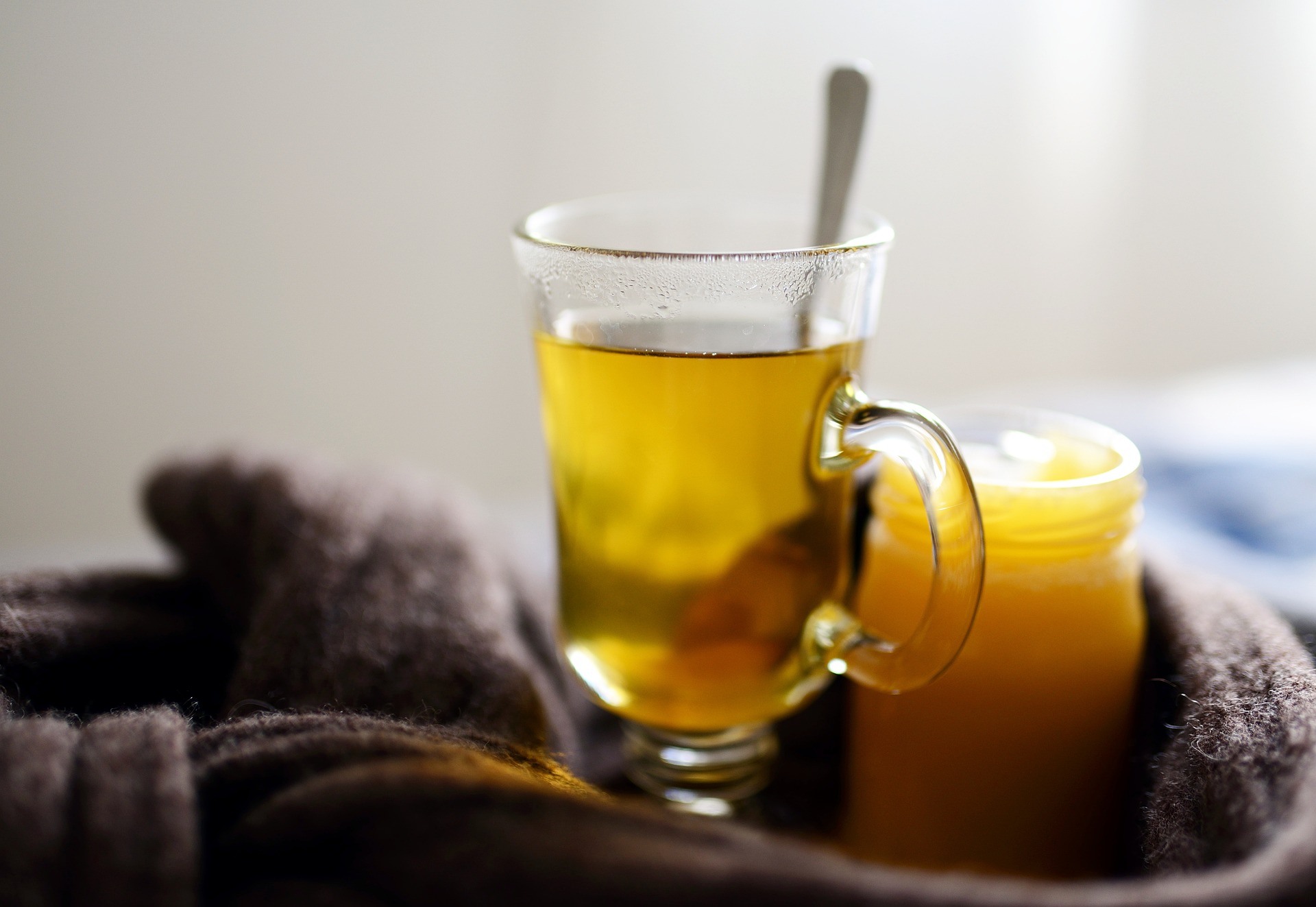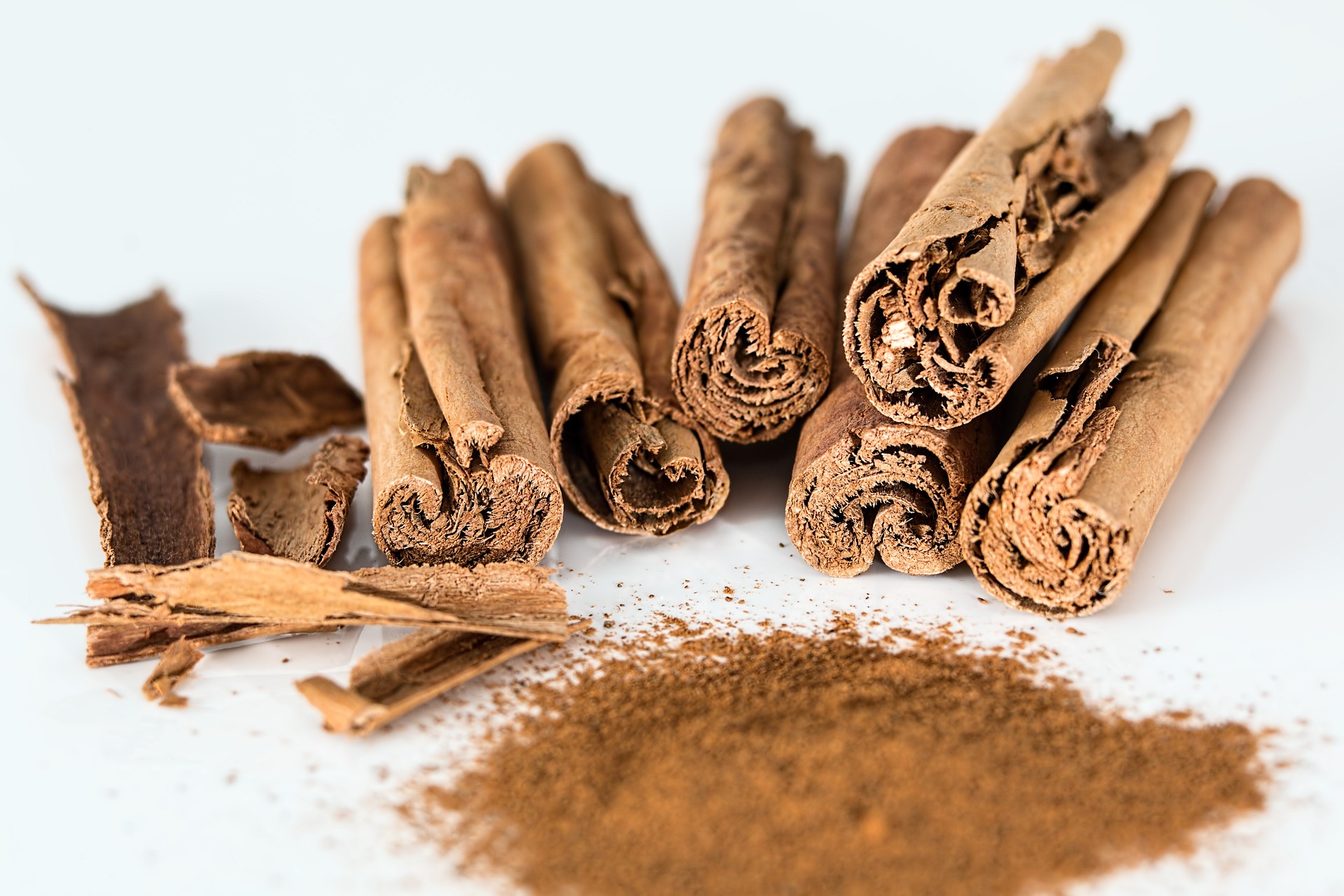Meridian of the Month: The Heart Channel
The Heart Meridian is one of 12 major meridians in the body. It begins in the chest and travels along the inside of the arm, ending at the tip of the pinky finger. This channel connects with other major meridians and organs, and uses 9 acupuncture points to treat a variety of physical, mental and spiritual conditions.
The Heart was described in the classics of Chinese Medicine as the sovereign within the body, responsible for intelligence, wisdom and spiritual transformation. It belongs to the element of fire, and is associated with aspects and emotions related to Spirit: warmth, laughter, joy, enthusiasm, love and happiness.
By using acupuncture points along the Heart Meridian, we can provide for the spiritual needs of an individual along with physical and mental needs. For example, if a patient presents with chronic palpitations but no emotional manifestations, we would focus on points to treat the physical condition. If a patient presents with palpitations along with extreme emotional upset or feelings of hopelessness and despair, we would add points to calm Spirit or strengthen Spirit.
What is a meridian?
A key point in Chinese Medicine is the principle of Yin and Yang, two opposing energies in Read More



